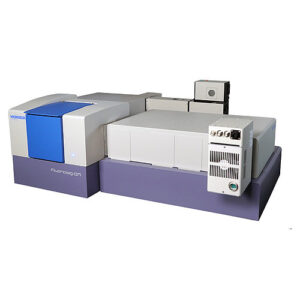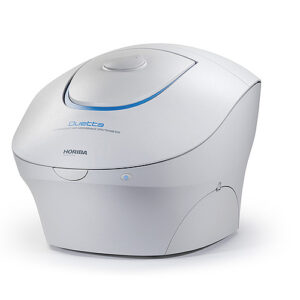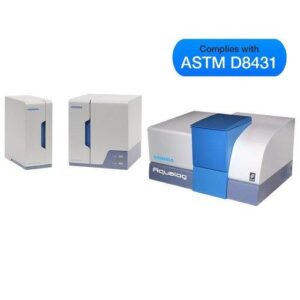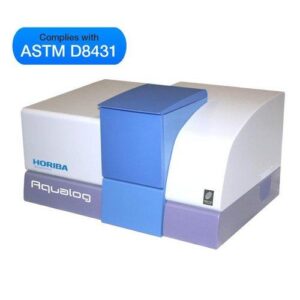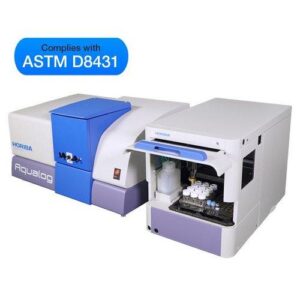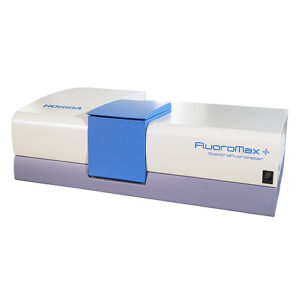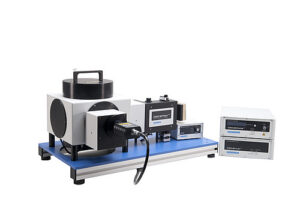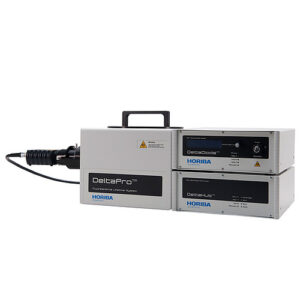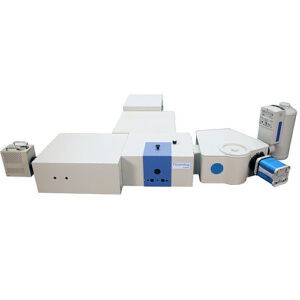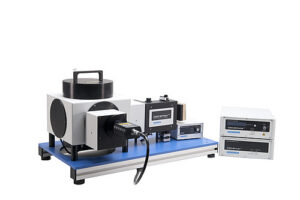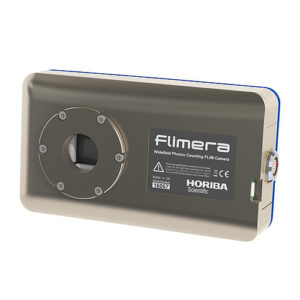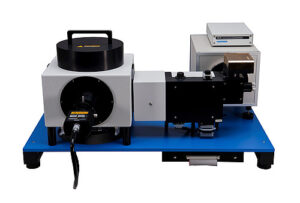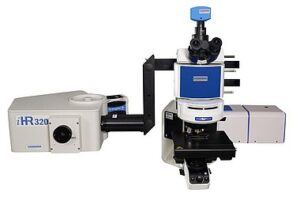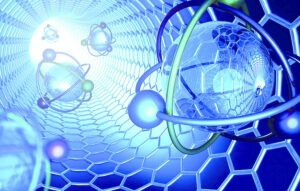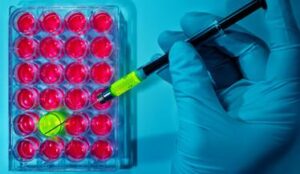How does Fluorescence Spectroscopy work?
Many organic molecules show fluorescence, especially those with fused ring structures or certain conjugated double bond structures. A number of metallic compounds also show fluorescence. In fluorescent molecules, incident light excites electrons. These excited states will quickly release part of the excess energy in the form of photons.
The basic scheme of fluorescence spectroscopes is straightforward: light from a light source passes through a diffraction grating monochromator and then reaches the sample. Here, part of the light will be absorbed and elicit fluorescence in some molecules. Part of the emitted light will reach a detector, via another diffraction grating monochromator. To minimize the risk of incident light falling directly onto the detector, light source and detector are placed at a 90 degree angle.
The light which is thus emitted and detected can be analyzed using spectroscopic techniques. Intensity and peak wavelength are affected by different variants in the environment of the molecule, such as the concentration of the fluorescent molecule, interactions with other molecules, or the temperature of the sample. The analysis of emitted light can provide both qualitative and quantitative information. Apart from the fluorescence, it is also possible to measure the absorbance spectrum of a compound.

